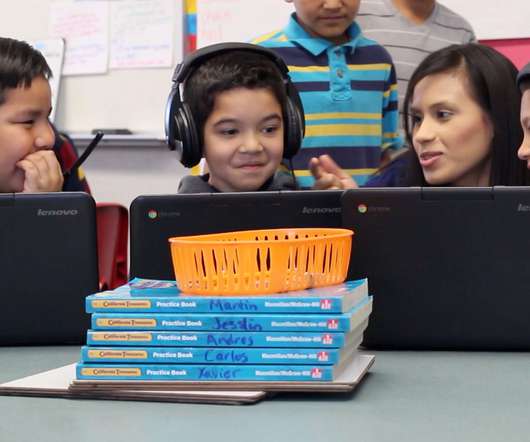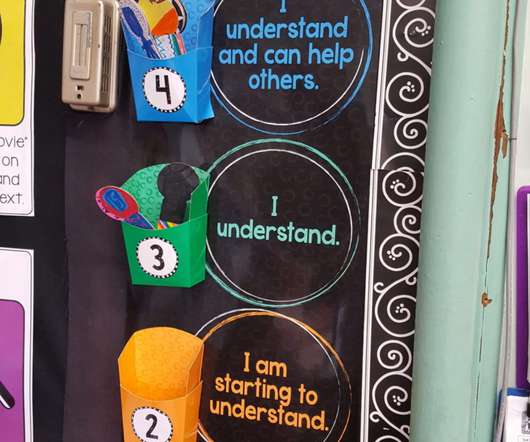New to Competency-Based Learning? Here're Five Ways to Assess It
Edsurge
MAY 22, 2017
According to a 2016 report by iNACOL, 36 states are currently investigating policy surrounding competency-based education. And as interest in this approach to teaching and learning increases, so does the need for assessments to support it. Below are five ways to approach competency-based learning assessment.























Let's personalize your content